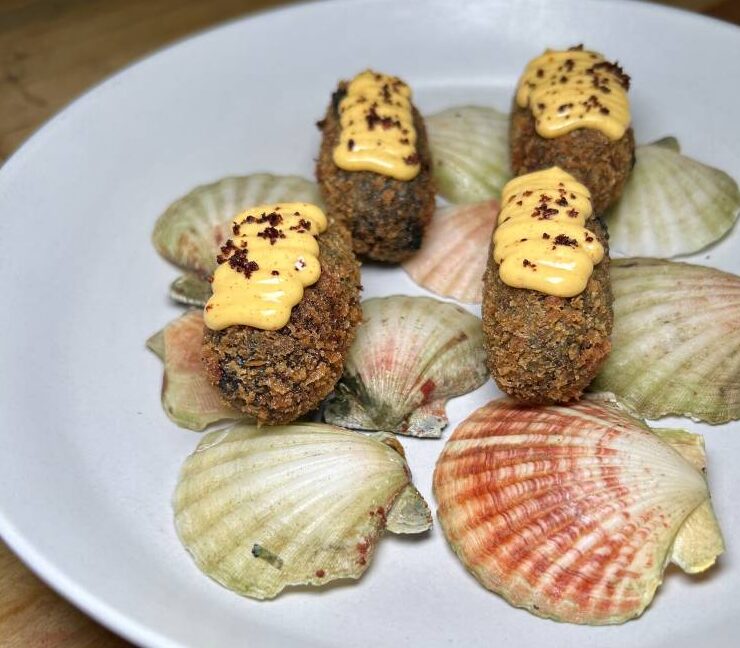Getting a taste for cognac

Getting wasted on premium spirits can be such a waste.
If your goal is to simply reach Drunksville as fast as possible, there are cheaper, surefire ways to get you to your destination, say, a couple of pints of beer or swills of generic gin. But if it’s the journey you’re after—with the occasional aromatic detours or leisurely stopovers to savor the flavors—then by all means reach for the top shelf.
And perhaps a glass of cognac to set things afoot?
Regarded by many as a gentleman’s drink, this fine spirit—a type of brandy made of specific grape varieties grown in the Cognac region of France—is often associated with such qualities as elegance, complexity, and refinement. It conjures images not of a raucous revelry, but of a quiet, unhurried night in, preferably with a good book or a decadent dessert.
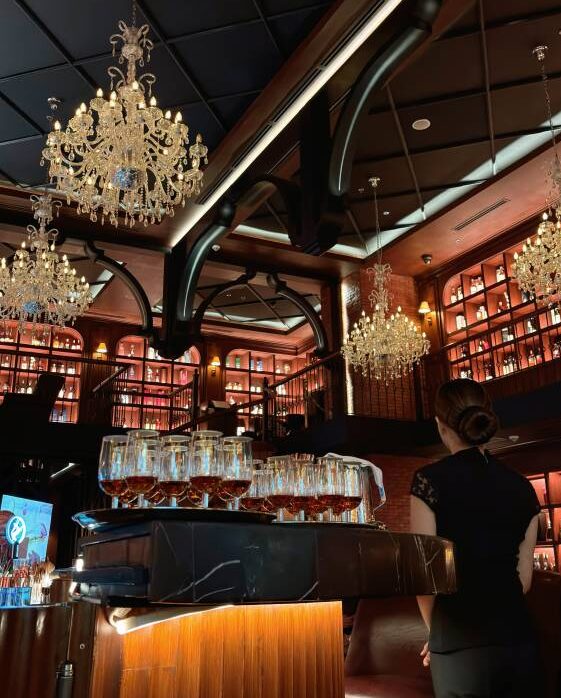
This image may come across as stuffy, pretentious even, especially to the uninitiated, like me. But that shouldn’t be the case. As I quickly came to learn at the recent Rémy Martin master class at The Whisky Library in Newport World Resorts, partaking in cognac need not be an overly wrought affair bound by hard and fast rules.
You can have it neat, diluted with a splash or two of water, on the rocks, or mixed in cocktails. You can drink it as an aperitif or wait until the meal is over. And fret not if you can’t yet detect the whiffs of the promised fruity, floral aromas, or the oaky, honeyed tasting notes in your first couple of sittings. After all, fine-tuning one’s nose and palate to such subtleties, like with all things cognac, requires time and patience.
And for those just starting to get a knack for cognac, that’s all you need to know, really: Take it nice, take it slow.
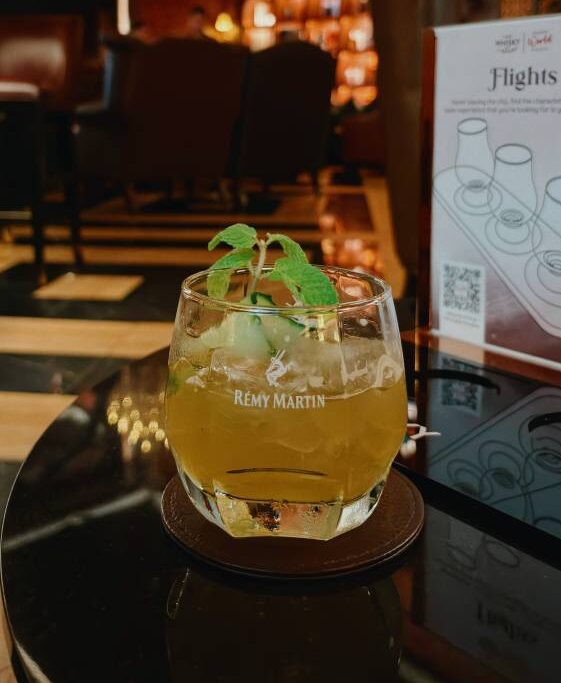
Savor
“You can always have it as a shot, if that’s what you like, and it will still taste great. But with fine spirits like cognac, drinking slowly lets you enjoy the flavors more. Sometimes, you wonder what makes some spirits more expensive than others. And the only way to find out is to slow down, and let your brain and palate tell you what you’re drinking,” Rémy Martin brand ambassador Kris Ong told Lifestyle.
Indeed, the craftsmanship, attention to detail and process that went behind making that shiny amber liquid in your tulip glass are too great and too time-consuming for you to just casually swig.
To earn the right to use the label “cognac,” three main requirements, as mandated by French law, have to be met. First, the grapes used should be of a particular type—primarily the Ugni Blanc—and must be sourced from one of the six growing regions or crus in the Cognac region. Second, the wine produced from the grapes must be twice distilled in copper pot stills. And third, the resulting distillate, or eaux-de-vie, must be aged for at least two years in oak barrels.
In the case of Rémy Martin, a French brand steeped in tradition since its founding in 1724, the eaux-de-vie are sourced exclusively from the central crus of Grand Champagne and Petit Champagne. And the combination of the two—provided that at least 50 percent of which is Grand Champagne—allows the company to market its product as Cognac Fine Champagne.
Rémy Martin also owes its unique blend to its use of casks made from century-old Limousin oak trees, which are said to enhance the “aromatic development of the blended eaux-de-vie” during the maturation stage. And to bring it all together, there’s the Cellar Master—the House’s heritage custodian—the sole person who has the knowledge to recreate the signature blends for all the products under the catalog.
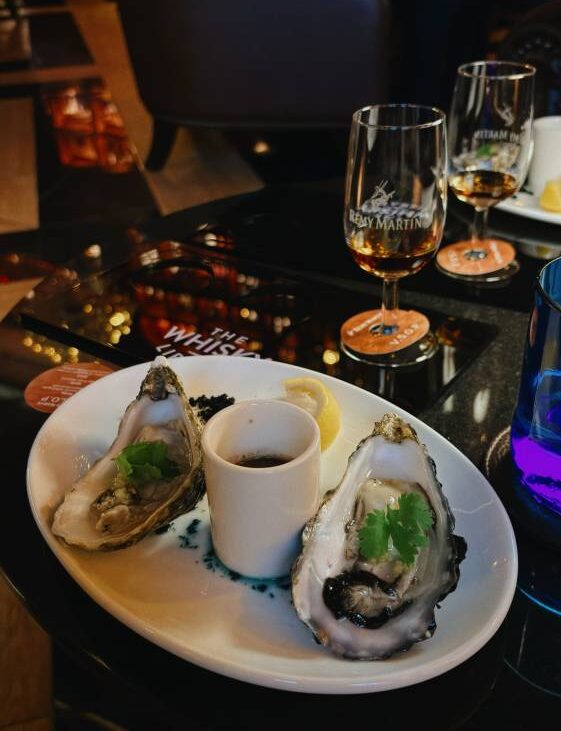
Curated
For the master class, Ong curated a flight of three of Rémy Martin’s most popular offerings: the VSOP, the 1738 Royal Accord and the XO. He paired each of them with delectable bites that sparked a fascinating, and at times unexpected, interplay of flavors.
But before you dig in, give the cognac a few gentle swirls. Hold the glass under your nose, but no higher than your chin, lest you want a blast of alcohol vapor to your sinuses. Try to appreciate the aromas you have just released—vanilla and dried pear; plum and toffee; flowers, honey and cinnamon. But it’s okay if you can’t make out the notes; they’re enjoyable just the same and, at the very least, trigger a heady mix of sensations.
Now take a thoughtful sip. Wince if you must, but don’t just gulp it, or wash it down with water. Let the cognac sit in your mouth, and observe how the flavors shift and evolve, as it trickles down your throat.
With its well-balanced body and hint of stone fruits, the VSOP (aged at least four years), the brand’s entry-level cognac, brought out the briny goodness of the accompanying oysters, but without overpowering the delicate essence of the shellfish. The VSOP is also perhaps most versatile and practical, lending itself to a variety of concoctions, like the welcome drink, the Mistral, whose sweet mix of cucumber juice, lime and mint made for a refreshing prelude to the evening.
Sip it a hair too quickly and the 1738 (10 to 12 years) will end up jolting your senses. This one had a prominent punch of alcohol, like bright burst of citrus in your mouth. Now, I don’t know what a spray of summer cologne in the mouth is like, but that’s how I imagined it would taste like. After the initial shock, and if you stay with it, you will be rewarded with an aftertaste of orange. Besides, it’s this very astringency that made 1738 a fitting partner to the sous vide US sirloin, because it cut right through the beef’s fattiness.
My initial assumption was that the more expensive the cognac, the stronger it will be. I braced myself for the XO (about 25 years), one of the brand’s most prized cognacs. But I was proven wrong on my very first sip.
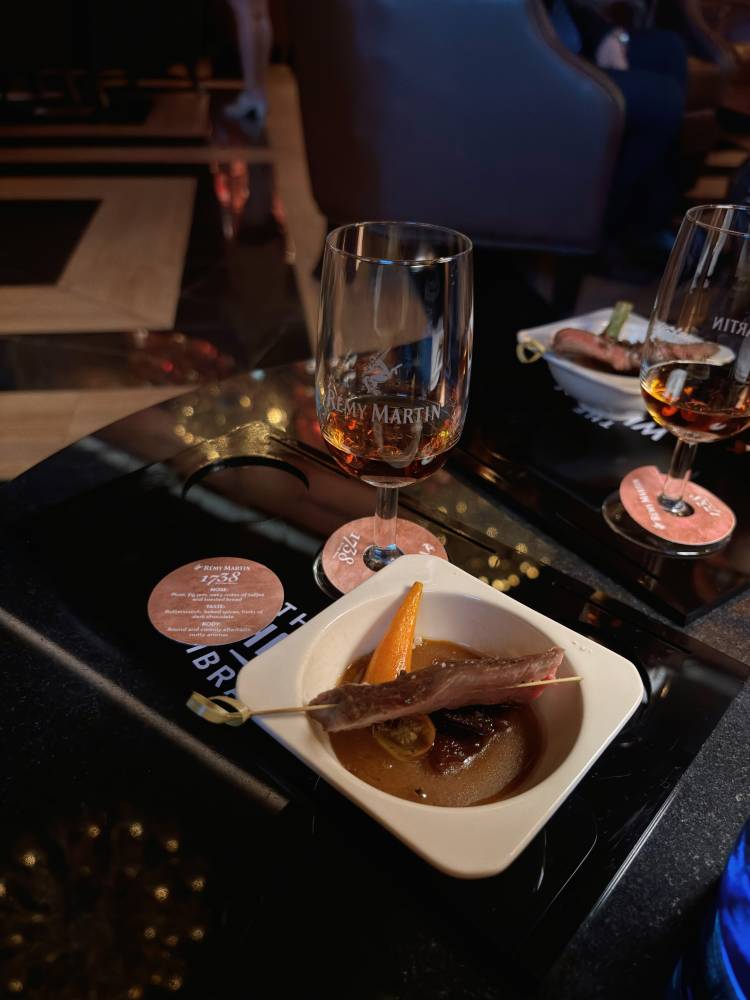
Understated
On the nose, it had an understated woody scent. On the tongue, it was the exact opposite of 1738. While you could feel the 1738 dissipating outward, clinging to the roof of your mouth and the back of your cheeks, the XO goes inward. It had a soft, almost warm mouthfeel that sort of just melts away and eventually gives way to a rich profile of coffee and spices.
In a way, it mimics the rich, smooth and buttery film the matching foie gras torchon leaves on your tongue. That experience, Ong pointed out, can be attributed to the sense of decadence that can be achieved only through years of aging, the cognac’s prolonged contact with wood.
These are the finer details, Ong added, that gradually reveal themselves along the way in your cognac journey. No two servings will be exactly the same. The flavors you unlock will be quite different at any given time, and will depend on how you drink it, and what you drink it with. As such, there’s always something new to experience with every sip, whether you’re a newbie or a seasoned connoisseur.
“You just need to drink more to appreciate all these details. But we’re not going to force you. Drink at your own pace. Discover the flavors on your own. It’s like a marathon. Like what I said, take your time, learn more, and eventually, your taste will evolve,” Ong said.
This series by The Whisky Library continues with an Chivas Regal master class, hosted by brand ambassador Edgar Tordesillas, Feb. 19, 7 to 9 p.m. For reservations, visit tickets.newportworldresorts.com/products/chivas-masterclass


















